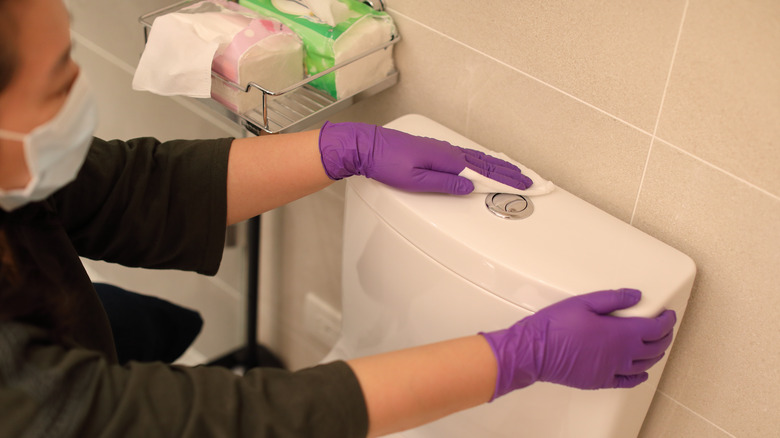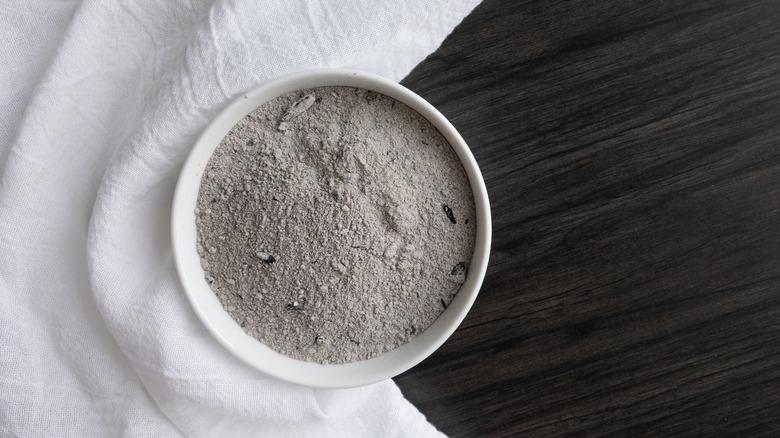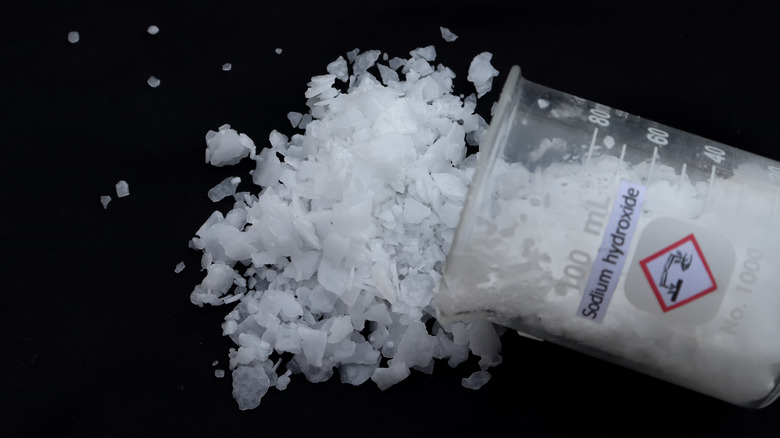Using Wood Ash For A Squeaky Clean Toilet: Good Idea Or Big Mistake?
Wood ash has been combined with water to form lye for natural soap for a long time, and its soot can absorb odors, help whiten clothing, and thin out stains. Though wood ash and lye can be effective cleaners for a variety of purposes (such as cleaning your toilet), no scientific evidence supports it as a disinfectant. Bathrooms harbor tons of bacteria and germs, especially near the toilet. This makes disinfecting your porcelain throne crucial, and if you clean it with wood ash, you might be leaving germs behind.
Using wood ash to clean offers many benefits, like getting yellow stains off your white toilet seat, eliminating bathroom odors, and having a chemical-free, natural cleaner; however, you'll want to be careful when working with wood ash and lye. These substances can be abrasive and corrosive, so you'll want to ensure they won't damage the surface of your toilet or irritate your skin.
Why cleaning your toilet with wood ash could be a good idea
If you're sick of commercial chemical cleaners like bleach, wood ash, which you can compost, is a natural option that's better for the environment. Lye water is already an ingredient in some cleaning products and detergents, and making it costs nothing if you already have ash from untreated wood. To create lye from your leftover fireplace ashes, wait until the ashes have cooled completely and combine them with hot water. Water that has been boiled previously is a great option. After a day or two, the ashes will separate from the lye water. Strain out the sediment and use the leftover water to clean your bathroom and toilet; however, you will likely need to dilute it first.
Before you commit to cleaning your toilet with lye water, try testing a small area of your toilet's surface first to ensure your cleaner won't damage it. When you've determined it's safe, put on rubber gloves and use an old rag to scrub your toilet with the solution. Wipe down the area with a wet rag when you're finished to get rid of any remaining lye.
Why cleaning your toilet with wood ash could be a big mistake
Even though soaps and cleaners are what lye is for, it might not be capable of killing the harmful pathogens lingering in your bathroom. A study originally published by the Cochrane Library about washing your hands with wood ash states: "In summary, it is very uncertain whether cleaning hands with ash is beneficial or harmful for reducing the spread of viral or bacterial infections." Because there's no way to know if wood ash is capable of killing these microorganisms, you won't be able to ensure your toilet has been disinfected properly if you clean with it or with lye made from it.
Additionally, lye, also known as sodium hydroxide, is often extremely corrosive. This could cause your wood ash cleaner to damage the surfaces you're trying to improve and pose a potential health hazard. According to the Oregon Department of Human Services, sodium hydroxide can irritate your skin or even burn you if you're exposed to it for long enough. If you decide to try using wood ash to make your toilet squeaky clean, do so with caution and make sure to wear protective gear.


